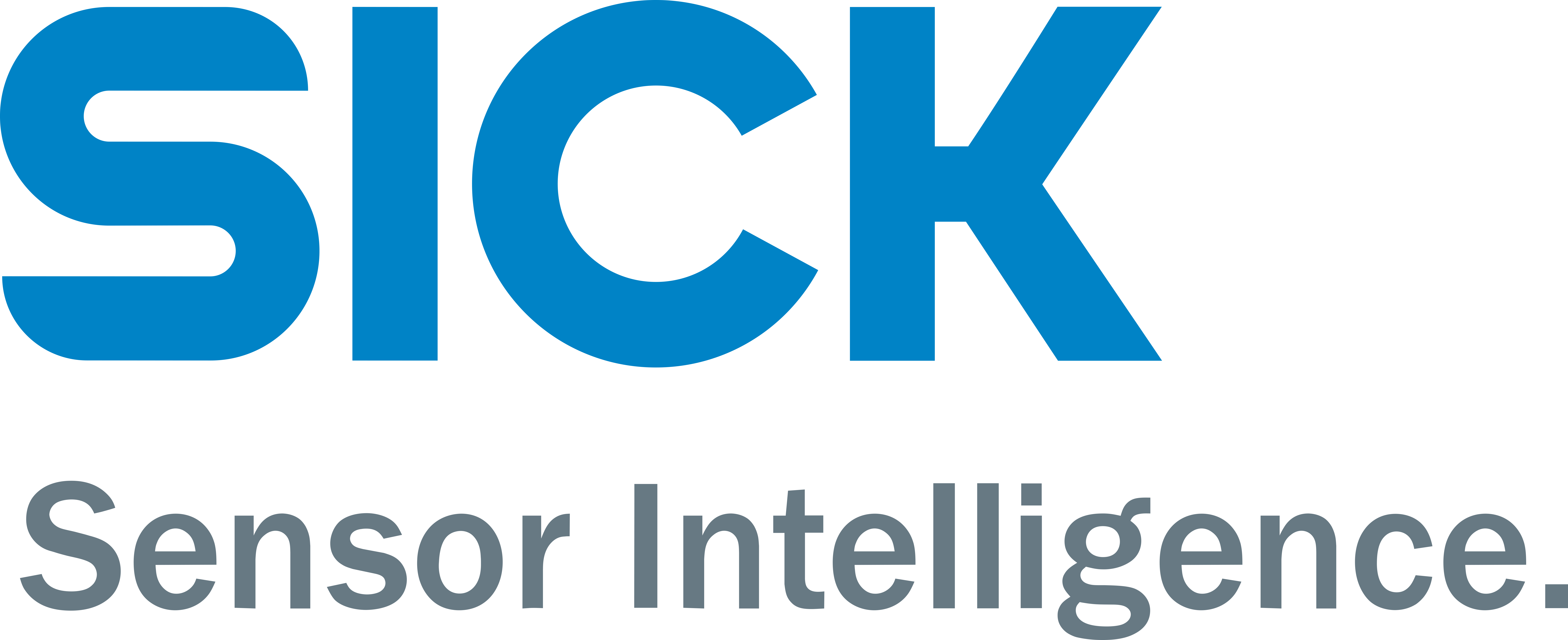
SICK
SICK, a global sensor manufacturer, excels in providing cutting-edge solutions for factory automation, logistics automation, and process automation. Established in 1946 by Dr. Erwin Sick, the company is headquartered in Waldkirch im Breisgau near Freiburg, Germany. With a strong presence worldwide through over 50 subsidiaries, equity investments, and numerous agencies, SICK leads the market by offering innovative sensors and application solutions. These solutions not only ensure secure and efficient process control but also prioritize individual safety, accident prevention, and environmental protection.
Reflective - Logic Output
Results:
Results remaining:0
Applied Filters:
SICK
No data |
About Reflective - Logic Output
The logic output reflective optical sensors are designed with an optical emitter and a light-sensitive element, usually a phototransistor, placed close to each other and facing in the same direction. This arrangement allows the emitted light from the optical emitter to be reflected by objects in the sensor's field of view and subsequently detected by the light-sensitive element. Unlike analog output sensors that provide a continuous range of output values, logic output sensors generate a binary (two-state) signal based on whether the received optical signal surpasses a predetermined threshold value. If the optical signal exceeds the threshold, the sensor produces a high logic level signal; if it falls below the threshold, the sensor generates a low logic level signal. These sensors are commonly utilized in applications where the detection of objects is required, such as presence sensing, object detection, and counting tasks. The binary output is particularly advantageous for integration with digital logic circuits, microcontrollers, and other systems that rely on simple on/off signals. Logic output sensors offer a straightforward and reliable solution for numerous applications by providing a quick and convenient means to determine the presence or absence of objects within the sensor's range. They find widespread use in industrial automation, robotics, and consumer electronics, and can be found in products like vending machines, printers, and appliances. By employing a binary output, logic output sensors reduce complexity, cost, and power consumption compared to their analog counterparts. However, it should be noted that their inability to provide continuous output limits their application in scenarios where more detailed information is necessary.
